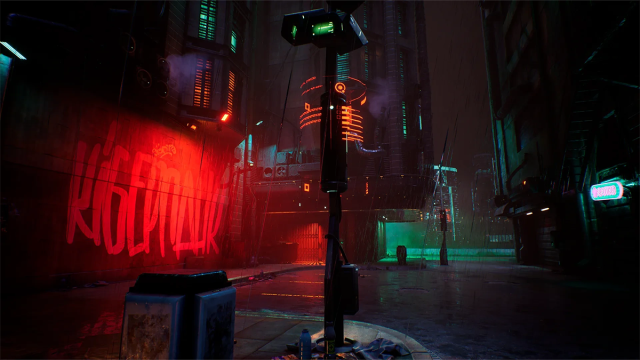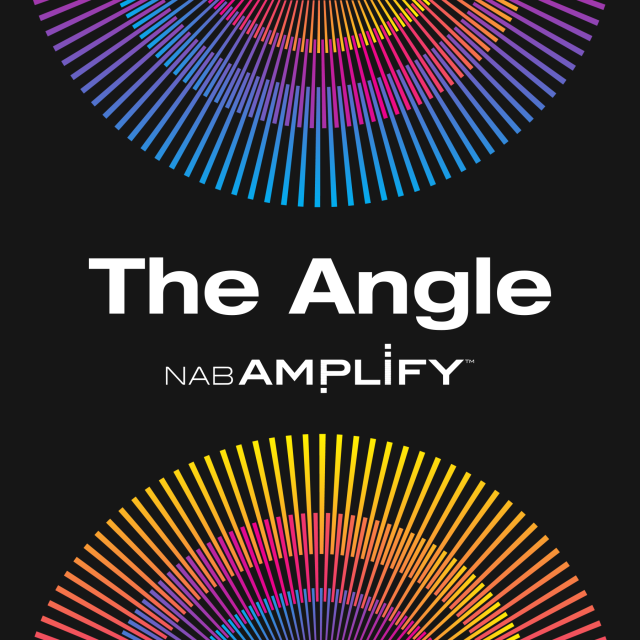
READ MORE: How Perfectly Can Reality Be Simulated? (The New Yorker)
Epic Games, renowned for its blockbuster game Fortnite, is not just a leader in the gaming industry; it is at the forefront of a technological revolution. Through its Unreal Engine, Epic is rapidly redefining the boundaries between digital fantasy and tangible reality, pushing the limits of what digital technology can achieve not just in gaming but in a number of other sectors.
Anna Wiener, writing in The New Yorker, describes how Unreal Engine has expanded far beyond its original purpose, providing foundational technology for various industries.
She illustrates the expansive role of Unreal Engine, which has grown well beyond its initial gaming purpose to become a foundational technology for multiple industries. The game engine has been employed for movies like The Batman and Barbie, architectural visualizations, and even NASA’s lunar simulations now rely on this technology for creating hyper-realistic simulations.
“These little ‘game engines,’ as we called them at the time, are becoming simulation engines for reality,” says Tim Sweeney, CEO of Epic Games, underscoring the transformational impact of Unreal Engine, and its evolution from a tool for rendering 3D virtual graphics for video games to a pivotal technology capable of molding our perception of reality itself.
Furthering this blurring of lines between the digital and the real, Epic Games subsidiary Quixel has embarked on a mission to “scan the world,” digitizing environments and objects to create a vast archive of digital assets. These assets enhance not only games but also films and virtual reality applications, effectively bridging the gap between digital fantasies and real-world textures.
“We have, to a great extent, mastered our ability to digitize the real world,” Quixel co-founder Teddy Bergsman Lind comments, highlighting the remarkable capability of Unreal Engine to replicate the richness and complexity of real-world environments, making them virtually indistinguishable from their physical counterparts.
However, despite these significant technological strides, challenges remain, particularly in the realm of creating realistic human avatars. Epic’s MetaHuman project strives to overcome these hurdles, aiming to perfect the simulation of human nuances.
“Creating high-fidelity digital humans made easy, though getting the movements right, particularly their ability to make eye contact, remains a complex challenge,” says Vladimir Mastilović, vice president of Digital Humans Technology at Epic Games.
Fortnite has evolved into a vibrant platform for cultural exchange, hosting live concerts and pioneering new forms of social interaction. This cultural shift is further bolstered by strategic partnerships, such as the one with Disney, which recently invested $1.5 billion in Epic Games for a 9% stake in the company and has announced plans to create a Disney universe in Fortnite.
While Unreal Engine has ushered in a new era of visual and interactive fidelity, limitations persist, particularly in simulating fluid dynamics and intricate human gestures. Epic Games CTO Kim Libreri admits, “Getting that level of simulation is very, very hard right now.”
Even the smallest human gestures can be headaches, he says, underscoring the technical challenges that still lie ahead. “Putting your hand through your hair — that’s an unbelievably complicated problem to solve. We have physics simulation to make it wobble and stuff, but it’s almost at the molecular level.”
Hollywood has eagerly adopted Unreal Engine for virtual production, a technique that allows filmmakers to create and manipulate digital environments in real-time. This innovation is revolutionizing filmmaking, providing unprecedented flexibility and creative control.
As filmmakers increasingly turn to Unreal Engine for creating not just scenes but entire worlds, the line between digital artifice and physical reality becomes blurrier, though not without challenges. Efforts to bridge the gap between digital creation and physical authenticity are ongoing.
Oscar-winning VFX supervisor and DNEG principal Paul Franklin observes that virtual production is at its most effective with fantasy worlds that don’t necessarily adhere to reality. “We all have an intuitive understanding of how things move in the real world, and creating that sense of reality is tough.”
Sweeney’s personal commitment to land conservation offers a poignant contrast to his digital endeavors. Owning thousands of acres for conservation, he sees the natural world as both a challenge and an inspiration for digital simulation.
“When you’re standing on a mountaintop, looking out into the distance, you’re seeing the effect of trillions of leaves of trees,” he reflects. “In the aggregate, they don’t behave as ordinary solid objects. When you look at the real world and see all the areas where computer graphics are falling short of the real world, you tend to realize we have a lot of work yet to do.”
He speculates that “an efficient, realistic simulation of a forest would require a ‘geology simulator’ and an ‘ecology simulator,’ each with its own complex sets of rules.”
Does that mean a complete simulation of reality is still far in the distant future? Epic Games, through Unreal Engine and its various initiatives, is not just redefining the realms of video games and digital content creation, but is reshaping how we interact with and understand the very fabric of reality itself. These technologies expand the horizons of the possible, leading us to question what’s possible, and charting new territories in both the digital and natural worlds.

Why subscribe to The Angle?
Exclusive Insights: Get editorial roundups of the cutting-edge content that matters most.
Behind-the-Scenes Access: Peek behind the curtain with in-depth Q&As featuring industry experts and thought leaders.
Unparalleled Access: NAB Amplify is your digital hub for technology, trends, and insights unavailable anywhere else.
Join a community of professionals who are as passionate about the future of film, television, and digital storytelling as you are. Subscribe to The Angle today!


